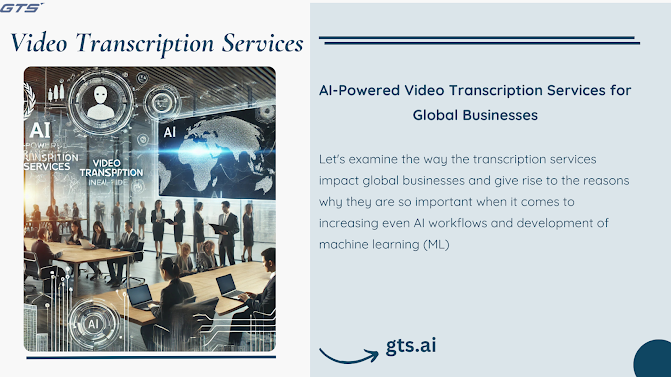
How Real-World Audio Datasets Are Shaping AI Breakthroughs Introduction Artificial Intelligence (AI) is becoming the driver of all kinds of sectors in a way that systems get smarter and more intuitive from healthcare to customer service by one thing. However, one of the most important key factors of AI is the data that is used to train these models. On the upsurge in the form of these are Audio Datasets which have in fact become the flagship for the high accuracy and quality of AI systems in such areas as those based on voice. In this blog, we’ll delve into the utilization of real-world audio datasets which propel AI to the domains of groundbreaking discoveries. What Are Audio Datasets? Basically, audio datasets are the actual recordings of sounds, which AI and machine learning (ML) models use to train on the search, noise, emotions, and so on. Specifically, these recordings include monologues, dialogues, and even background sounds. More than that, AI learns to understand human speech...


.jpg)






